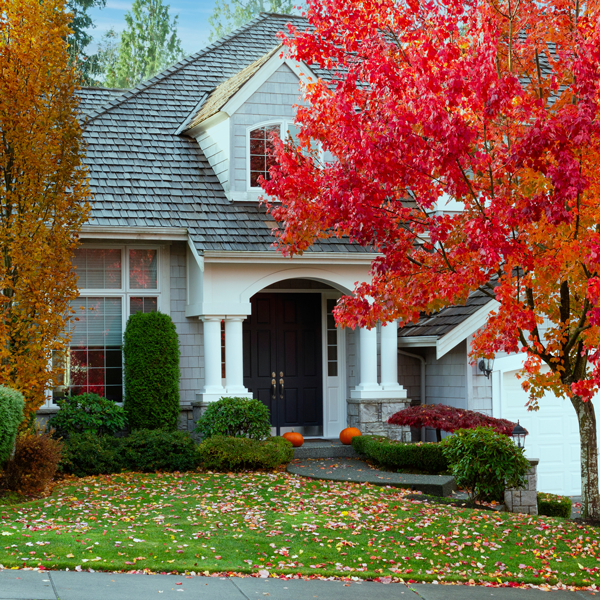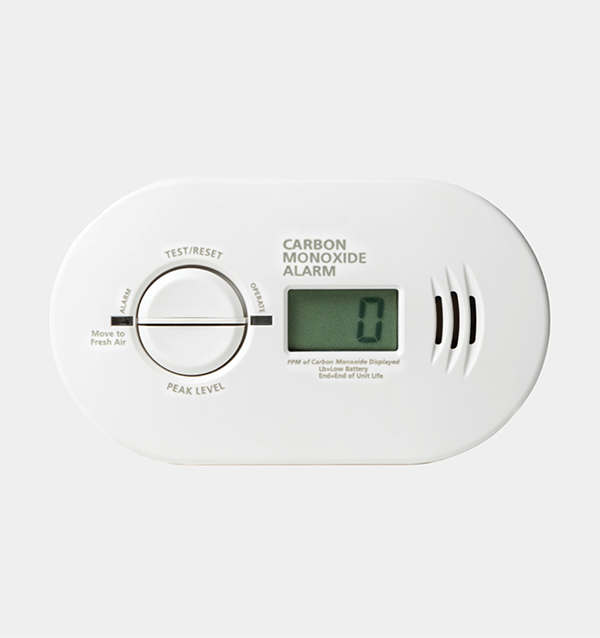Your fireplace and chimney should be top of your spring-cleaning list, especially if you’re selling your home. Not only will your fireplace look (and smell) better, but it will be much safer to operate next winter.
Wood-burning fireplaces build up creosote which is highly flammable; one spark can turn into a chimney fire, damage the lining of the chimney, limit ventilation, and pollute the air quality of your home. Creosote, dirt, and other debris can accelerate carbon monoxide buildup and inhibit the release of toxins and smoke. Dirty chimneys can also keep oxygen from the fire and prevent the fire from burning in the right direction, filling the room with smoke.
When you sell your home, the homebuyer will arrange an inspection of all operating systems—a clean chimney is not only easier to inspect, but it will send the right kind of message to the buyer. Remove all the fireplace equipment and instead put a decorative screen or urn with flowers to take your fireplace into spring and summer.








